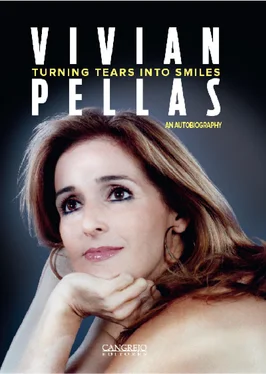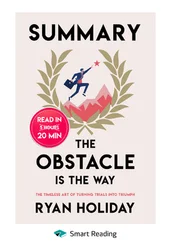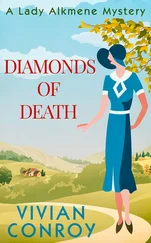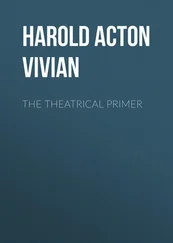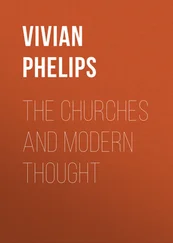Nevertheless, I felt the greatest fear when they inspected us. They first searched my mom, patting down her whole body. The officials were constantly monitoring people to make sure they didn’t take any jewelry or money with them. After that they exhaustively searched our very scanty luggage. I remember the angry scowl on the militiamen’s face and their unconcealed contempt.
I felt like I was going to faint at inspection time because my mom had sewn into my pink fisherman pants her solitaire diamond ring, the one my dad gave her as an engagement ring. She didn’t want to leave it behind, thinking that she could sell it if needed. The military official put his hand inside my pants and I, who had seen my mother hide it there, felt the blood run down to my feet. It was a desperate act on my mother’s part that could have cost us our exit from Cuba. I was still a child and I don’t know how I managed to remain calm. Luckily for all of us, the man didn’t discover the ring.
This method of hiding jewelry became common during the early days of the exodus. People used it to be able to take this sort of items out of Cuba. The address and phone book of our friends and family in Miami that my mother was carrying was confiscated. We no longer had anyone to go to or to call if we got lost.
Once we were on board, the crew started calling the names of some people to get off the airplane. Terror was in the air. The plane reached the end of the runway, but the control tower gave the order to return. Everyone was trembling, thinking that any one of us could be removed from the plane. My mother’s face was filled with panic.
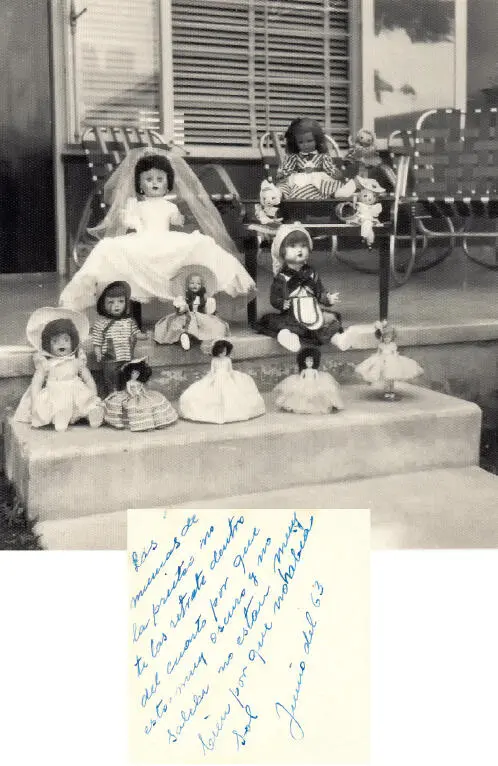
The dolls that Vivian left in Cuba. Havana, Cuba, 1963.
Finally, we departed for Jamaica. My mom was crying as she felt a jumble of nostalgia, anxiety, and joy. My grandparents and my cousins were in my mind, and curiously I felt sad about leaving my bicycle.
I was leaving behind a happy life.
We arrived in Kingston after a 45-minute flight. Nobody said a word on the way. Emotions were mixed because we felt free, but very afraid. We arrived at the hotel that Carlos Hüeck had reserved for us. When we entered the hotel, we were warned not to leave because there was a strangler on the loose. So my mother added another anguish to her worries, which were already considerable. So once we entered the room, she closed all the windows and locked the door. We didn’t leave that room a all during our stay. Another reason we stayed inside was that the money my father sent us with a friend of his never arrived, so we didn’t even have enough money to eat! Carlos Hüeck had to send us some.
Two days later, we left to Daytona Beach, then to Miami, and from there, to Nicaragua.
Once we arrived in Managua, we were able to hug Dad again, who was happily waiting for us at the airport.
This was a goodbye to our life in Cuba, to our grandparents, and to everything I knew up to that time. Finding a future in another land that opened its doors to us would be the next step.

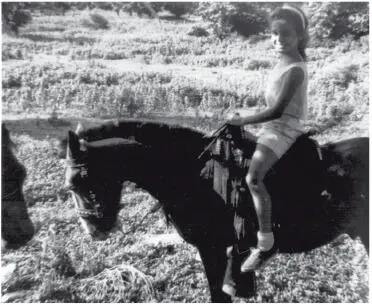
Vivian at the age of seven riding “Corsario”. Managua, Nicaragua, 1962.
Nicaragua: A New Beginning
On August 3, 1961, we arrived in Nicaragua. At the age of seven I was disconcerted. I deeply missed my grandparents, as well as the life I had in Cuba. There was a flood of emotions within me. Now I knew what deep fear and desolation meant. For only a moment, the reunion with my dad allowed me to forget the mourning I was experiencing from the painful separation from my family. A new path was opening up before my eyes.
With Carlos Hüeck’s help, my father started his new job in Nicaragua at Aceitera Corona, an oil producing company. With the first payments he received, he was able to rent a space to live in the Colonia Molina area, on the fourth mile (at kilometer 6.5) of the southern highway. That place would be my refuge in Nicaragua.
Colonia Molina was on the outskirts of Managua, with Cerro Motastepe in the background. We were surrounded by vegetation. The properties in that area were still a far cry from the hustle and bustle of the cities, which were overrun with urban developments. This calming atmosphere helped me cope with my heartache. Little by little, I discovered another world: nature, which taught me a new form of freedom. My companions were the trees, the rocks, the mountains, the cows, and above all: the horses. I entered the paddocks to herd them. I also rode bareback, jumping from a wall to get on the horse and riding through the countryside, making it gallop and stand up on two legs, holding onto its mane. If I fell, I would immediately get up, act tough, and not cry over the spill. I would just dust off my rubber slippers and get back on. I didn’t have time for anything else, not even to eat. I loved to bathe the horses, especially my mare “Criolla,” who had a white spot on her forehead. I would give her bran and comb her mane. Life started to be beautiful again. I remember that, every morning, don Silverio, the owner of the horses that we also rented for riding, would sell us a pichinga1 with fresh cow’s milk.
I had a lot of contact with the people who lived near our house. They were humble people, good people, village people. I learned to drive a Jeep, and would drive it around the cows, going up and down the mountain. I preferred baseball instead of playing with dolls and played with my brother and his friends. Pitching to and playing tag with them was something that fascinated me. I always liked exciting games, challenges, and unusual situations. I would climb the nearby chilamate trees. I had fun playing with the shooter marble and the chibolas.2
My mother insisted on dressing me up like a girl, but I liked shorts for biking and horseback riding, climbing trees, and jumping fences. To me, dresses were “itchy.”
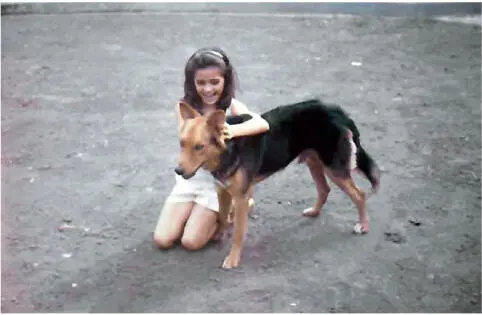
Vivian and her dog, León. Managua, Nicaragua, 1962.
The memories of my grandparents repeatedly flooded my memory. I conjured them up in my dreams. I wrote everything I dreamed of in the letters I sent to Cuba, and they answered me. Through their letters they suggested names for our horses: Alejandro’s horse would be named “Furia” and my mare, “Criolla.”
It took up to six long months for the letters to get to Cuba. Actually, it was the only means of communication available, because telephone calls had to be requested, and the government would grant them only when they wanted to. It could take two or three months for the Cuban regime to give this permission, and we were allowed to talk for only a minute, since they would cut the call off all of a sudden. The isolation at that time was total. Not only did I lose my grandparents, but I also lost my uncles, aunts, cousins, and godparents. There were no internet or cell phones. The world was different. The revolution in Cuba was worse than any revolution in Latin America. There, families were torn apart and . . . I was left without the rest of my family.
**
Private schools in Nicaragua were half a school year away and did not accept new students in the middle of term. That meant total freedom for me! At that stage I matured a lot, maybe because I never fully assimilated the separation from my grandparents. I wrote them letters asking why we could not be together, and at the same time, I nourished their hope and mine by assuring them that in a not too distant future we would meet again.
Читать дальше
